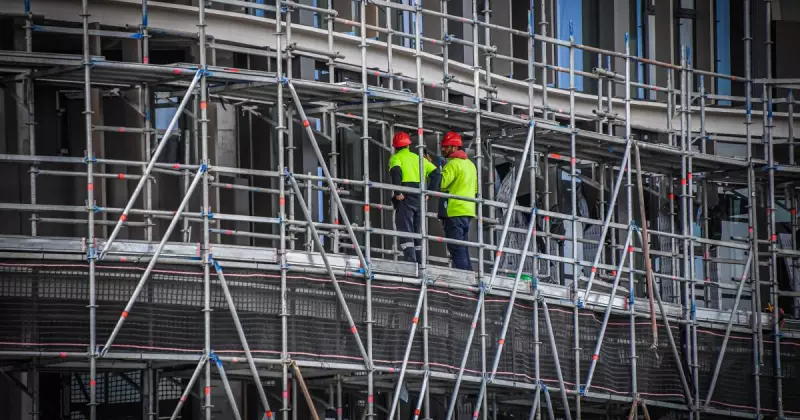
The Australian Capital Territory's bold vision to address its housing shortage is facing significant headwinds, with new analysis suggesting the government's target of 30,000 new homes by 2030 may be slipping out of reach.
Ambitious Plan Meets Harsh Reality
The ACT government had set an ambitious goal to dramatically increase housing supply across the territory, but recent data indicates construction is not keeping pace with the timeline required to meet this target. Industry experts warn that without immediate intervention, Canberra could face an even more severe housing crisis.
"The numbers simply aren't adding up," explained a property analyst familiar with the situation. "Current construction rates would need to increase substantially to hit that 30,000 mark by the end of the decade."
Multiple Challenges Hampering Progress
Several critical factors are contributing to the potential shortfall:
- Construction delays caused by material shortages and workforce constraints
- Infrastructure bottlenecks slowing down new development approvals
- Rising construction costs making projects less financially viable
- Planning and regulatory hurdles extending project timelines
What This Means for Canberra Residents
The potential failure to meet housing targets could have far-reaching consequences for the territory:
- Continued pressure on rental markets and affordability
- Increased competition for existing housing stock
- Potential impact on economic growth and population targets
- Growing inequality as housing becomes less accessible
"This isn't just about numbers on a spreadsheet," a community housing advocate noted. "Every home not built represents a family struggling to find affordable accommodation, essential workers being priced out of the market, and increased pressure on our social support systems."
Government Response and Next Steps
While the ACT government remains publicly committed to its housing targets, internal documents suggest officials are increasingly concerned about the growing gap between ambition and reality. The coming months will be critical in determining whether additional measures can be implemented to get the housing strategy back on track.
The situation highlights the complex challenges facing urban development across Australia, as cities grapple with balancing growth, affordability, and infrastructure demands in an increasingly constrained environment.





